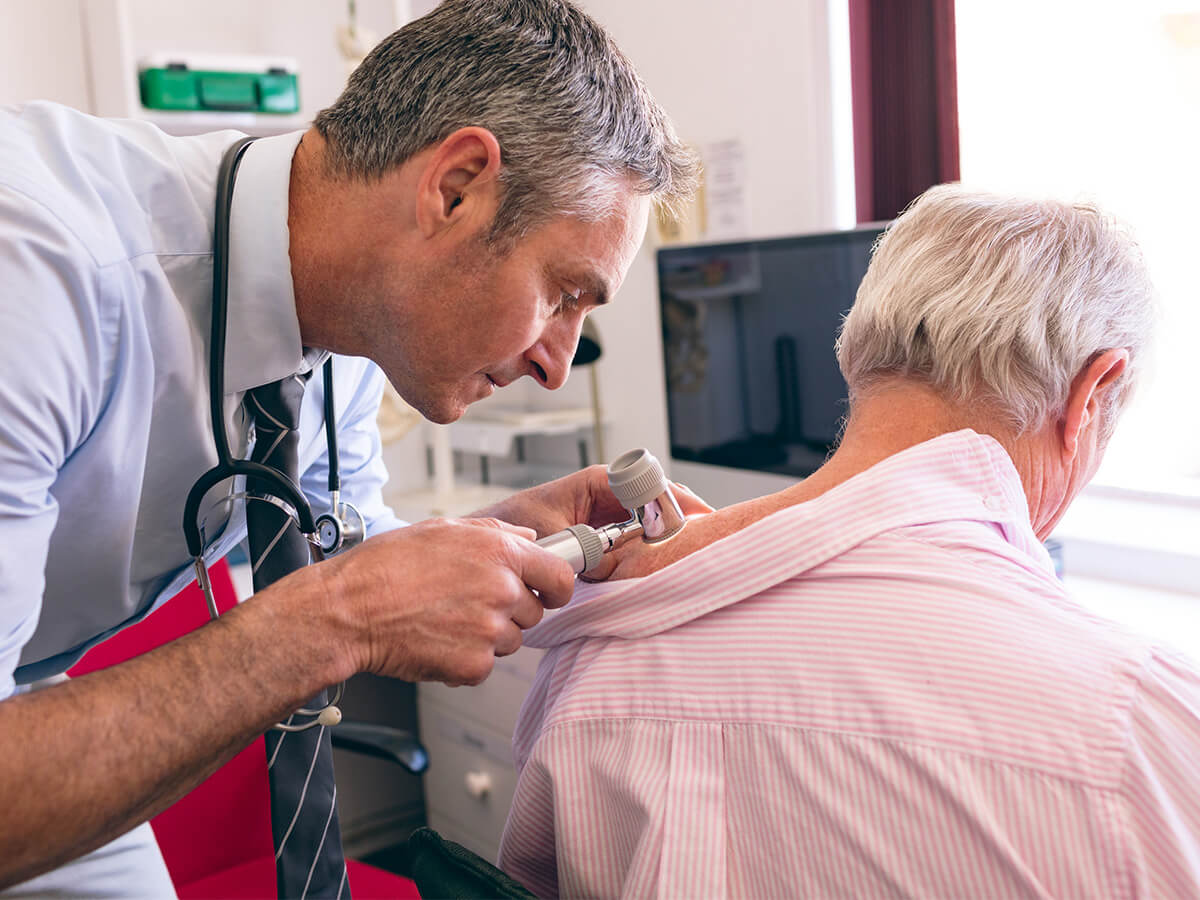Becoming a dermatologist is a rewarding and challenging journey that requires years of dedication, education, and hands-on training. Dermatologists are medical professionals who specialize in diagnosing and treating disorders related to the skin, hair, and nails.
Once you graduate from high school, it can take from 12 to 15 years of education and training to become a dermatologist. The road to becoming a dermatologist is long and challenging to ensure practitioners are prepared to deliver the utmost quality in patient care.
If you’re interested in pursuing a career in dermatology, here are the steps and exams you’ll need to complete:
Undergraduate Education (4 years)
The path to becoming a dermatologist typically begins with a bachelor’s degree. While there is no specific major requirement, most aspiring dermatologists major in pre-medical or biological sciences, and most medical schools will require you to complete prerequisites such as mathematics, chemistry, and biology. Maintaining a high GPA is crucial during your undergraduate years.
Medical School (4 years)
After completing your undergraduate degree, you’ll need to attend medical school. Admission to medical school is highly competitive, and you’ll need to take the Medical College Admission Test (MCAT) to apply. During your four years in medical school, you’ll study subjects like anatomy, physiology, pharmacology, and pathology. You’ll also gain practical experience through clinical rotations.
Residency (3-4 years)
After earning your medical degree (MD or DO), you’ll need to complete a residency program in dermatology. Dermatology residency programs are highly competitive, and admission is based on your academic performance, letters of recommendation, and interviews. During your residency, you’ll receive in-depth training in medical, surgical, and cosmetic dermatology.
Board Certification: BASIC, CORE, and APPLIED Exams
To become a board-certified dermatologist, you’ll need to pass the certification exams offered by the American Board of Dermatology (ABD). These exams assess your knowledge and clinical skills in dermatology.
The ABD BASIC Exam is given to first-year residents. This exam is informational only, and is not required for certification. The BASIC Exam assesses fundamental skills expected of first-year dermatology residents.
The ABD CORE Exam is given to residents during their second year of residency, after completing at least 1.5 years of dermatology training. The CORE Exam assesses the knowledge and application of knowledge at a level appropriate for a practicing dermatologist.
In contrast to the CORE exam which assessed advanced knowledge base and visual diagnosis, the ABD APPLIED exam focuses on application of knowledge in clinical scenarios.
Passing the dermatology boards is a significant milestone in your journey to becoming a dermatologist. While board certification is not mandatory, it is highly recommended for practicing dermatologists to establish their expertise.
Fellowship (Optional)
While not required to practice, some dermatologists choose to pursue fellowships to gain specialized knowledge in areas like pediatric dermatology, dermatopathology, or dermatologic surgery. Fellowships typically last one to two years.
Licensing
To practice as a dermatologist, you must obtain a medical license in the state or country where you wish to work. The requirements for licensing vary by location but typically include passing a licensing exam and meeting specific educational and training criteria.
Continuing Education
Dermatology is a field that continuously evolves with new research and technologies. To stay current, dermatologists are required to engage in ongoing continuing medical education (CME) and attend conferences and workshops to learn about the latest advancements in the field.
Optional Certifications
Some dermatologists choose to pursue additional certifications, such as becoming a fellow of the American Academy of Dermatology (AAD) or obtaining certification in dermatologic surgery or cosmetic procedures.
Build a Practice or Join a Group
After completing your training and obtaining the necessary licenses and certifications, you can choose to start your own dermatology practice or join an existing group or clinic. Building a patient base and establishing a reputation in the field may take time, but it’s essential for a successful career.
Maintain Professional Associations
While an optional step in your career, joining professional organizations like the American Academy of Dermatology (AAD) can help you network with other dermatologists, stay up to date on industry trends, and access valuable resources for your practice.
Becoming a dermatologist is a lengthy and challenging process, but it can be highly rewarding. Dermatologists play a crucial role in diagnosing and treating a wide range of skin conditions, from acne to skin cancer, and they can also perform cosmetic procedures that boost patients’ self-esteem. The journey to becoming a dermatologist requires a strong educational foundation, extensive training, and a commitment to lifelong learning. If you’re passionate about skincare and helping people feel confident in their skin, the path to becoming a dermatologist may be the right one for you.




